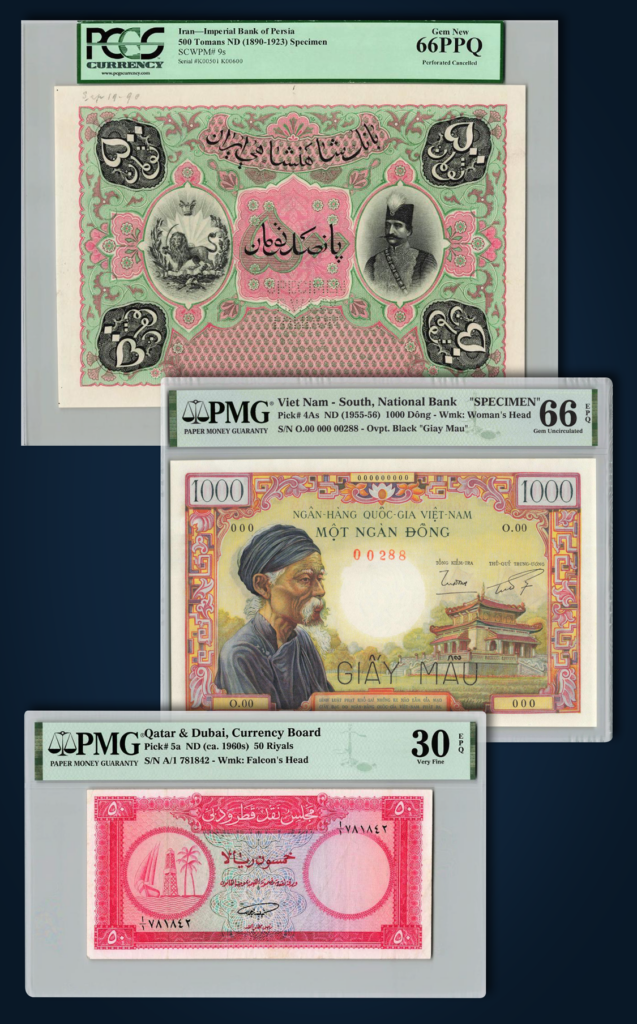Stack’s Bowers Galleries Acquires World Banknote Auctions
Stack’s Bowers Galleries, a global leader in numismatic auctions, proudly announces its acquisition of substantially all the assets of World Banknote Auctions. This strategic move sees the integration of World Banknote Auctions founder Dennis Hengeveld, a renowned authority in rare paper money and world coins, into Stack’s Bowers Galleries’ distinguished team of specialists.
“Under the leadership of Dennis Hengeveld, World Banknote Auctions has achieved remarkable growth, with total auction prices realized surpassing $7 million in 2023,” said Brian Kendrella, President of Stack’s Bowers Galleries. “The acquisition of World Banknote Auctions and the addition of Dennis to our team underscores our dedication to the rare paper money category. Not only does it expand our offerings of rare notes for auction, but it also brings aboard one of the foremost paper money authorities and numismatic entrepreneurs, enhancing our roster of prominent experts.”
If you have any questions about the acquisition, consignments, Stack’s Bowers Galleries, or more, please reach out to Dennis Hengeveld at [email protected].






